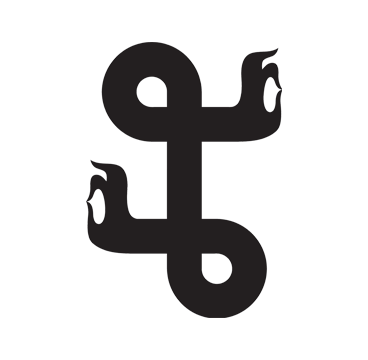What does meditation look like? It looks like someone trying to do as close to nothing as possible. It looks like someone sitting still with his or her eyes shut. Their eyes could also be open and if they were they’d be staring at something in front of them. When someone is meditating it looks like they’re trying to sit upright with a straight back but then usually relax, letting the spine slump a little. Their breath is steady and calm. Their hands are usually on their laps, their palms facing up or down. They seem focused because there’s no emotion in their face. Then after a prayer or a bow, they open their eyes and get up a little more relaxed and a little more awake, maybe.
As an idea meditating is harmless but it’s not what most imagine themselves doing in their free time. We register that meditation looks good and the research says its healthy, but it also looks boring and unproductive. That’s a problem because how we spend our time matters to us and with all the responsibilities on our plates, adding yet another task to the list is a struggle. Like going to the gym if we don’t, Mediation is a burden that’ll do us some good.
So, you want to meditate but you don’t know how and the idea of just sitting on the floor with your eyes closed seems strange. It’s just too simple and the claims of energy, focus, and wellbeing seem to extravagant! Simplicity can be confusing but you’ll find meditation is an intuitive ability once you try it out. Now, people are getting into it. 14% of the adult US population has tried meditation at least once and the trend is rising in popularity. Since 2012 the number of US meditators has doubled. Buddha would be so proud! There’s interest because something is happening to these people when they sit down, close their eyes, and breathe, but what?
It’s hard to say but if we look at the reasons why people claim to meditate there are clues. The top 3 reasons people meditate are for general wellbeing, energy, and to support memory and focus. Meditation is a way of improving the quality of our lives by giving us more energy and focus. With the extra energy and focus meditators learn to be present! It’s all about presence. That is the secret. Excuse the drama of the metaphor, but presence is the lotus that the Buddha sits upon and when you finally sit down, wherever you choose to sit becomes… a lotus.
What does it mean to be present, exactly? In the context of meditation presence refers to the position of your mind. Where is your mind? Is it here or is it in past or future? If you’re distracted and you’re thoughts are wandering then you’re not fully present. Your body is present, of course, but your mind is not and you are made of both a body and a mind. Most of our minds are in their own little world a lot of the time. When our minds impulsively, all by themselves, decide to rummage through memories or fantasize about anything and everything, we’ve disconnected from reality. The problem is that our potential wellbeing is connected to how present we are throughout our lives.
The present moment is the place to be. That’s not a riddle even though it sounds strange. Life is a flow of information that rushes into our bodies through our senses from our environments. Life is also storyline of choices. The more we choose to connect to the present means the more information we have about ourselves and the world. More info means it’s easier to see what is right and wrong for us and choose the former. Again, people mostly meditate for focus, energy, and wellbeing. The connection is; when we focus on the present moment we save energy by making better choices and gain energy by seeing life more clearly. Life then becomes more inspiring and positive. That is wellbeing.
12488 West Hall Place
Wellington
5613859591
Meditation, Breathwork, and Yoga specialist
Your Custom Text Here

